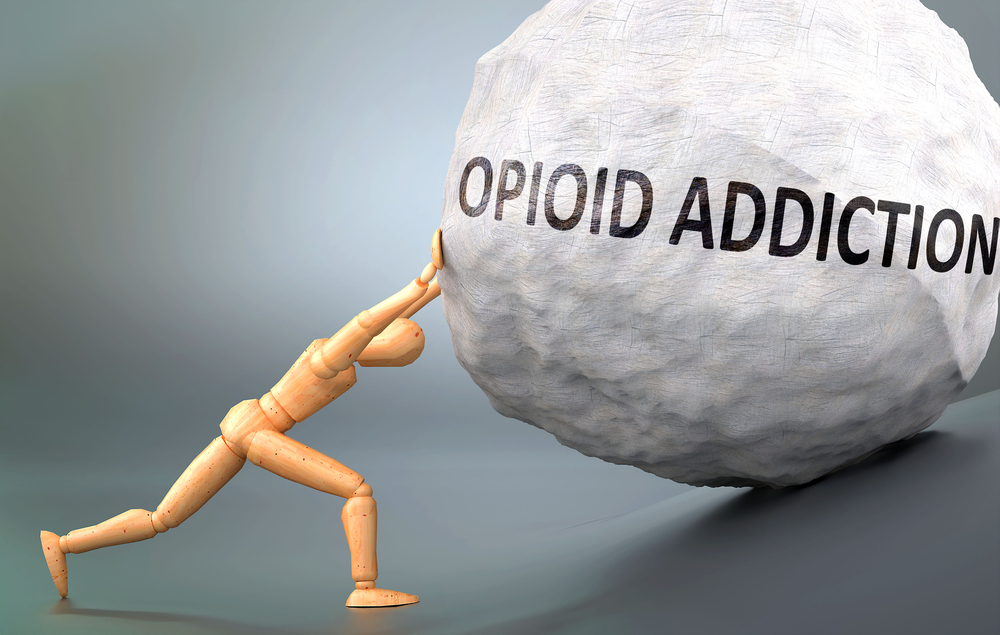Opioid addiction is a serious and growing problem that affects millions of people across the United States, including many in New Mexico. Medication-Assisted Treatment (MAT) has become a cornerstone in the fight against opioid addiction, offering effective options to help individuals manage their addiction and work toward recovery. Methadone and Suboxone are two of the most commonly used medications in MAT, but they work in different ways and are suited to different types of patients. Understanding the differences between Methadone and Suboxone is crucial for making informed decisions about treatment. In this blog, we’ll explore the benefits, risks, and key differences between these two medications, and how Renew Health supports patients in choosing the best treatment option for their recovery journey.
What is Medication-Assisted Treatment (MAT)?
MAT is a treatment approach that combines FDA-approved medications with counseling and behavioral therapies to treat substance use disorders, particularly opioid addiction. The goal of MAT is to reduce withdrawal symptoms, prevent relapse, and help individuals achieve long-term recovery. MAT is considered one of the most effective ways to treat opioid addiction, as it addresses both the physical and psychological aspects of the disorder.
Methadone: A Long-Standing Option for Opioid Addiction Treatment
Methadone has been used to treat opioid addiction for more than 50 years. It is a full opioid agonist, meaning it binds fully to the opioid receptors in the brain, mimicking the effects of opioids like heroin or prescription painkillers but without producing the same high. Methadone helps reduce withdrawal symptoms and cravings, allowing individuals to focus on their recovery without the constant urge to use opioids.
Key Benefits of Methadone
- Effective for Severe Addiction: Methadone is particularly effective for individuals with severe opioid addiction or those who have been using opioids for a long time. It provides a stable dose of medication that prevents withdrawal and reduces cravings, making it easier for patients to maintain their recovery.
- Long-Lasting Effects: Methadone’s effects last for about 24 to 36 hours, meaning it only needs to be taken once a day. This helps prevent the cycle of craving and withdrawal that drives continued opioid use.
- Structured Treatment Environment: Methadone is typically administered in a clinic setting, where patients receive their daily dose under supervision. This structured environment provides additional support and accountability, which can be beneficial for individuals in the early stages of recovery.
Potential Drawbacks of Methadone
- Risk of Dependence: Because Methadone is a full opioid agonist, there is a risk of developing a physical dependence on the medication. However, when used as part of a comprehensive MAT program, this risk is managed by healthcare professionals.
- Daily Clinic Visits: The need for daily clinic visits can be a barrier for some patients, especially those who live far from a clinic or have other commitments like work or family responsibilities.
- Side Effects: Common side effects of Methadone include constipation, drowsiness, and sweating. In some cases, Methadone can cause more serious side effects, such as respiratory depression, which requires careful monitoring by healthcare providers.
Suboxone: A Newer Option with Dual Mechanisms
Suboxone is a combination of two medications: buprenorphine and naloxone. Buprenorphine is a partial opioid agonist, meaning it binds to the opioid receptors in the brain but only activates them partially. This produces enough of an effect to reduce withdrawal symptoms and cravings without creating a strong high. Naloxone is an opioid antagonist that blocks the effects of opioids and is included in Suboxone to prevent misuse of the medication.
Key Benefits of Suboxone
- Lower Risk of Abuse: Because buprenorphine is a partial agonist and naloxone blocks the effects of opioids, Suboxone has a lower risk of abuse and dependence compared to Methadone. This makes it a safer option for many patients.
- Flexible Treatment Options: Suboxone can be prescribed by a doctor and taken at home, offering greater flexibility and convenience for patients who cannot or do not want to visit a clinic daily. This makes it an attractive option for individuals with stable lives and strong support systems.
- Effective for Moderate Addiction: Suboxone is particularly effective for individuals with moderate opioid addiction or those who are transitioning off stronger opioids. It helps reduce withdrawal symptoms and cravings, making it easier to stay on track with recovery.
Potential Drawbacks of Suboxone
- Not Suitable for Severe Addiction: Suboxone may not be as effective as Methadone for individuals with severe opioid addiction or those who have been using high doses of opioids. In these cases, a stronger medication like Methadone may be needed to manage withdrawal symptoms and cravings.
- Risk of Precipitated Withdrawal: If taken too soon after using opioids, Suboxone can cause precipitated withdrawal, a sudden onset of withdrawal symptoms that can be distressing and uncomfortable. It’s important to follow the guidance of a healthcare provider when starting Suboxone.
- Side Effects: Common side effects of Suboxone include headache, nausea, and constipation. Some patients may also experience insomnia or anxiety. These side effects are generally mild and can be managed with the help of a healthcare provider.
Choosing Between Methadone and Suboxone
The choice between Methadone and Suboxone depends on several factors, including the severity of the addiction, the patient’s medical history, and their personal preferences. Both medications are effective in treating opioid addiction, but they work in different ways and are suited to different types of patients.
At Renew Health, we take a personalized approach to treatment, working closely with each patient to determine the best MAT option for their needs. Our team of experienced healthcare providers conducts a thorough assessment to understand the patient’s addiction history, medical background, and treatment goals. We then develop a customized treatment plan that includes the appropriate medication, counseling, and support services.
The Role of Counseling and Behavioral Therapies
While Methadone and Suboxone are powerful tools in the fight against opioid addiction, they are most effective when combined with counseling and behavioral therapies. At Renew Health, we offer a range of therapy options, including individual counseling, group therapy, and Cognitive Behavioral Therapy (CBT). These therapies help patients address the underlying issues that contribute to their addiction, develop coping strategies, and build a strong foundation for long-term recovery.
Conclusion
Methadone and Suboxone are both effective options for Medication-Assisted Treatment of opioid addiction, but they work in different ways and are suited to different types of patients. At Renew Health, we are committed to helping our patients make informed decisions about their treatment and providing the support they need to achieve lasting recovery. Whether you are considering Methadone, Suboxone, or another treatment option, our team is here to guide you every step of the way.


